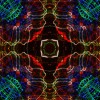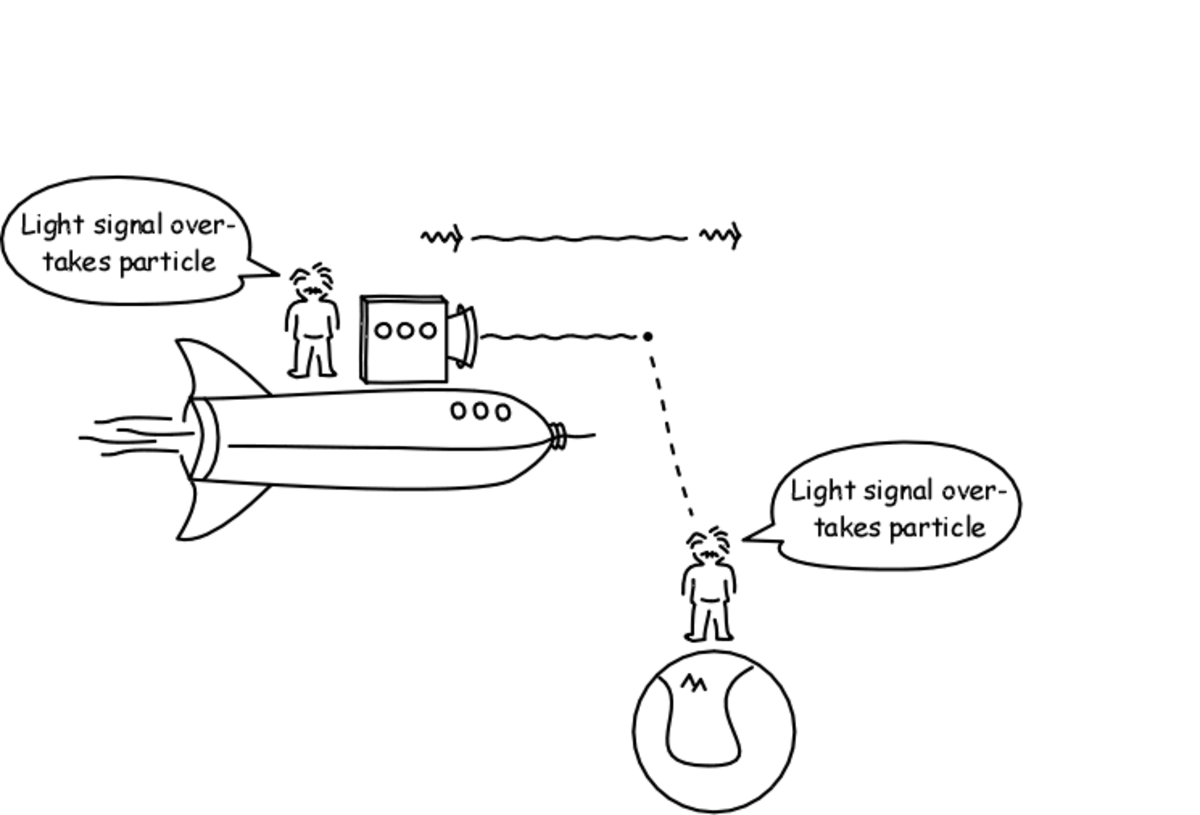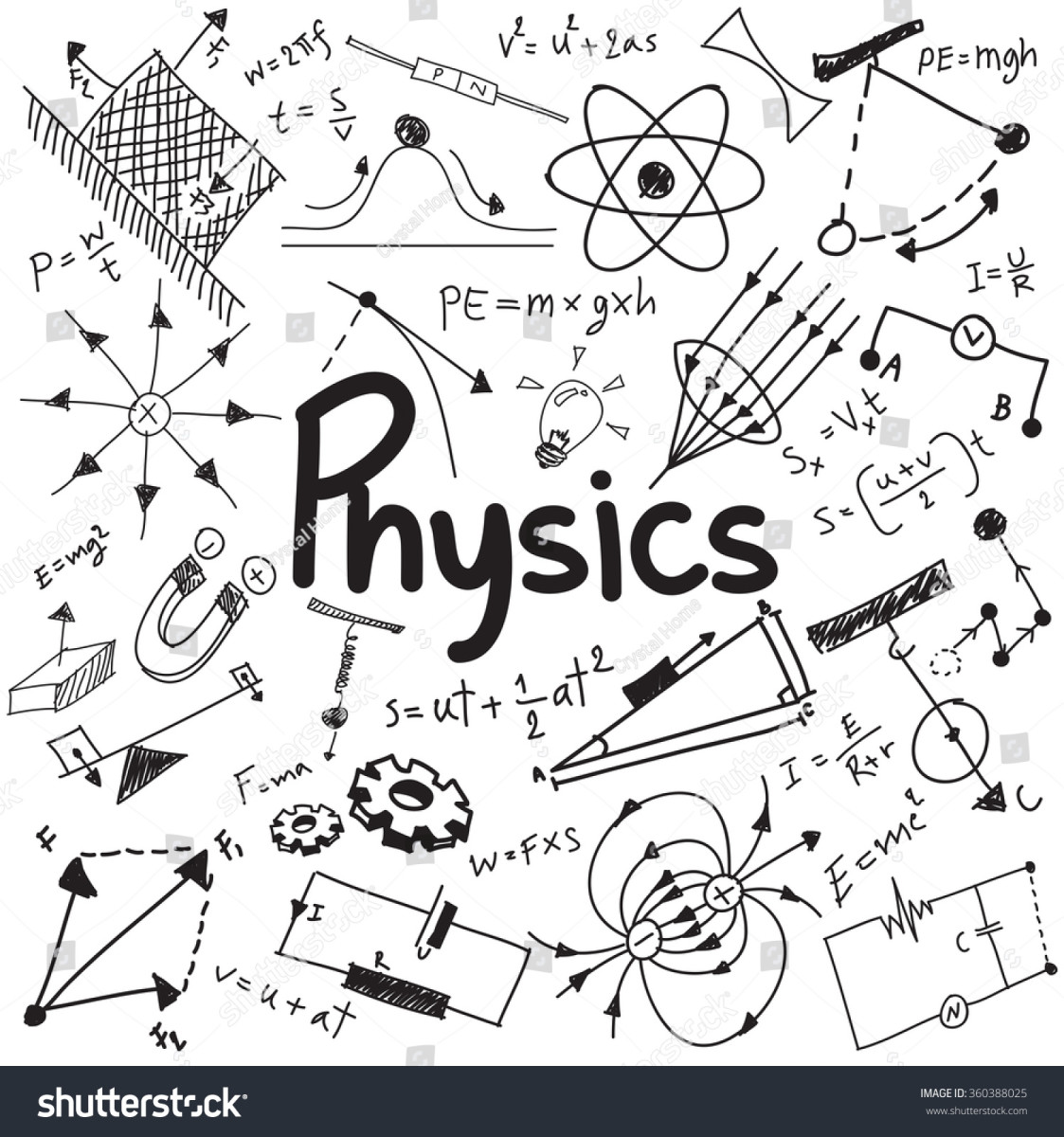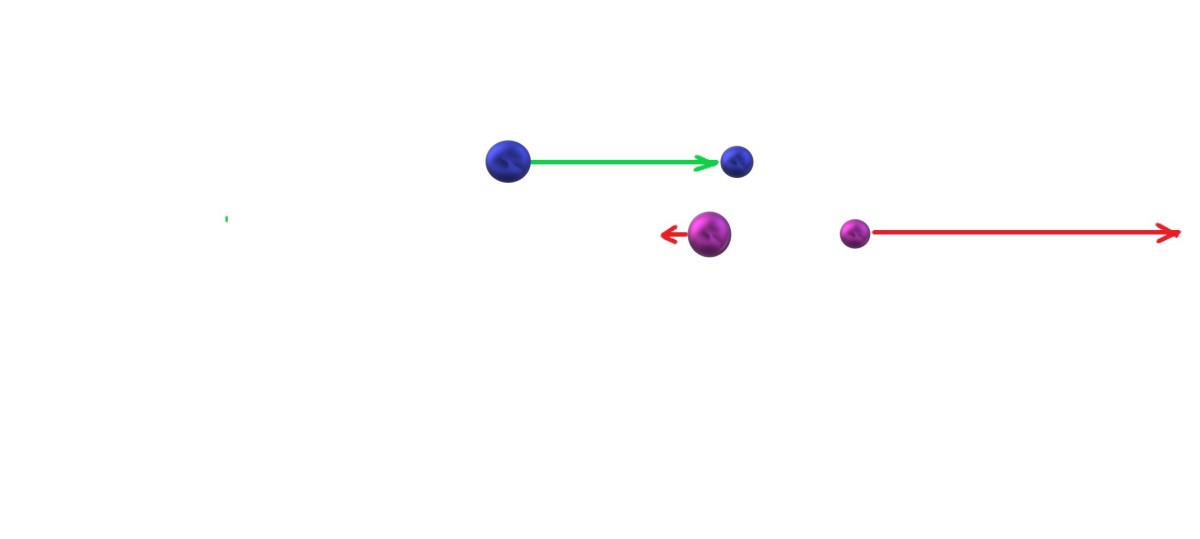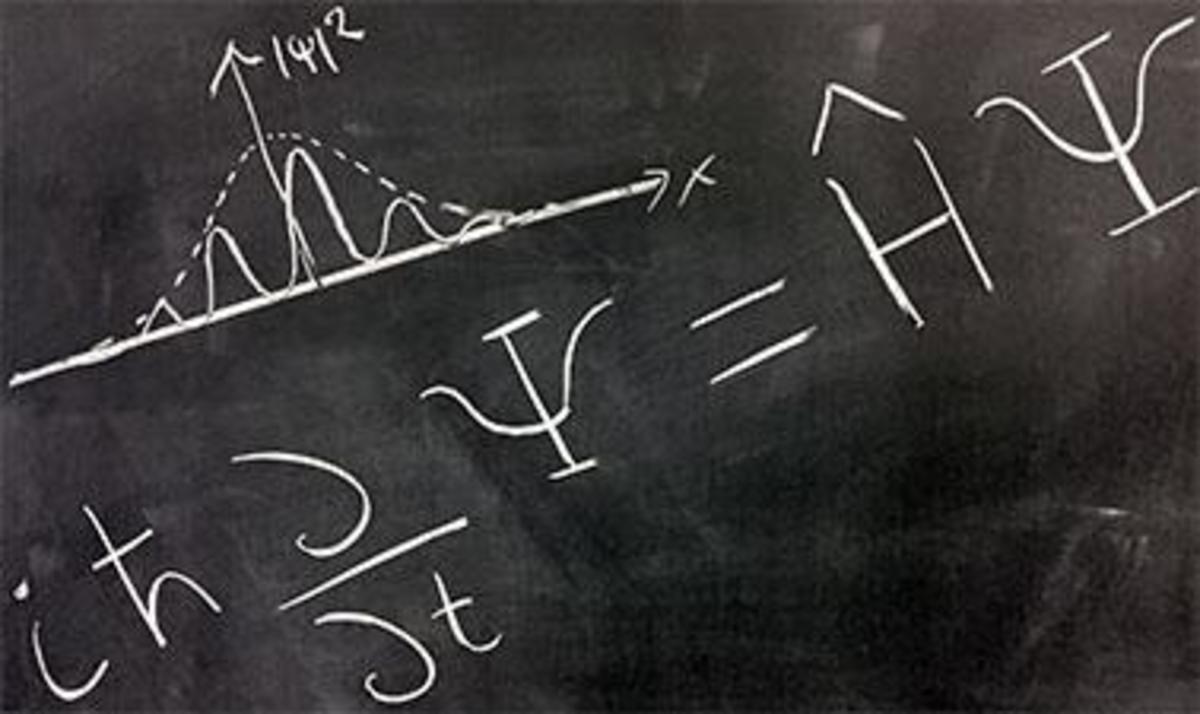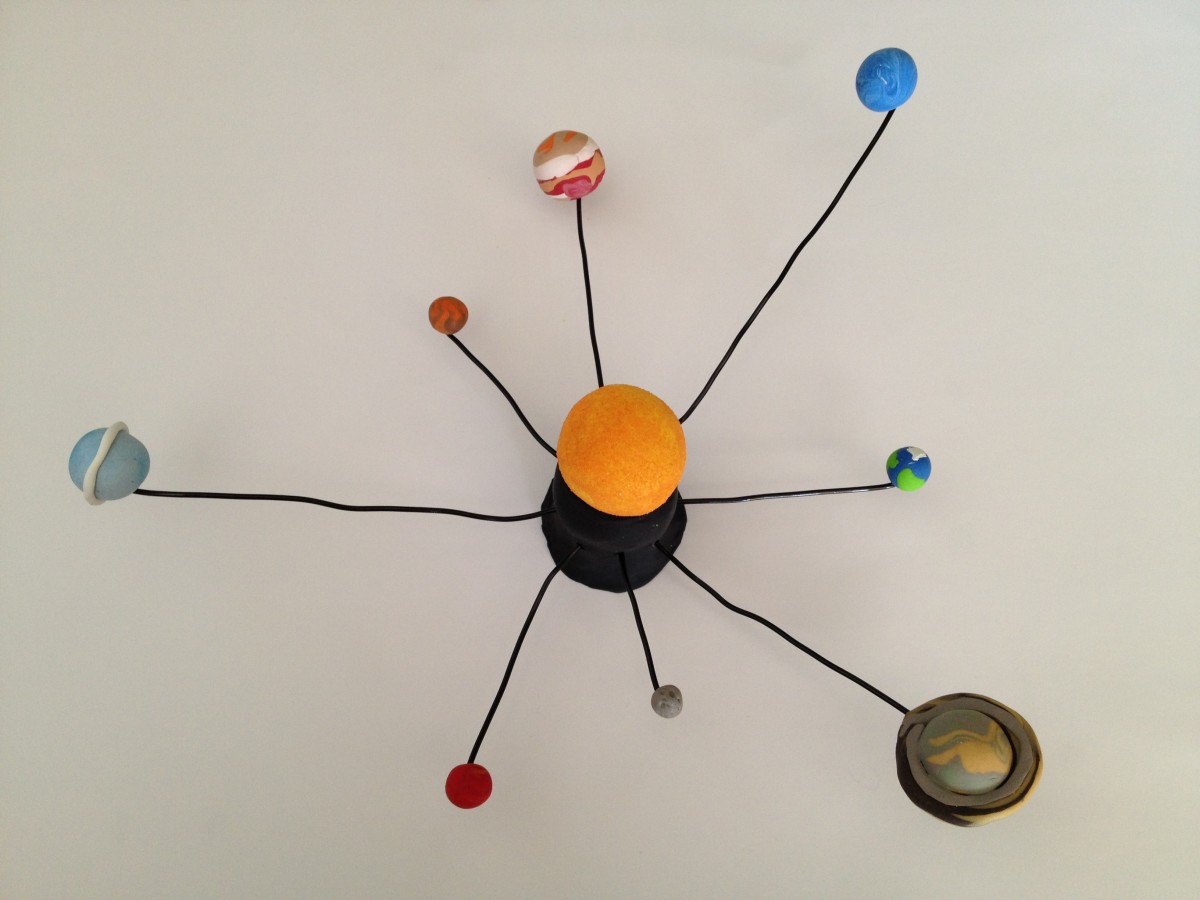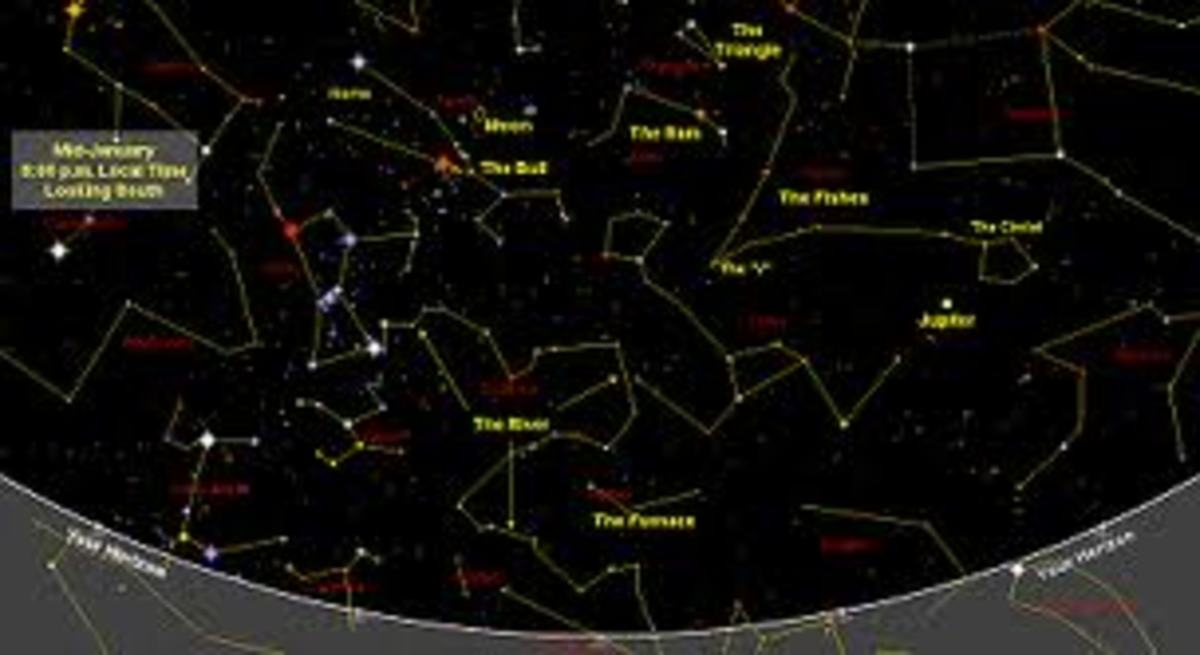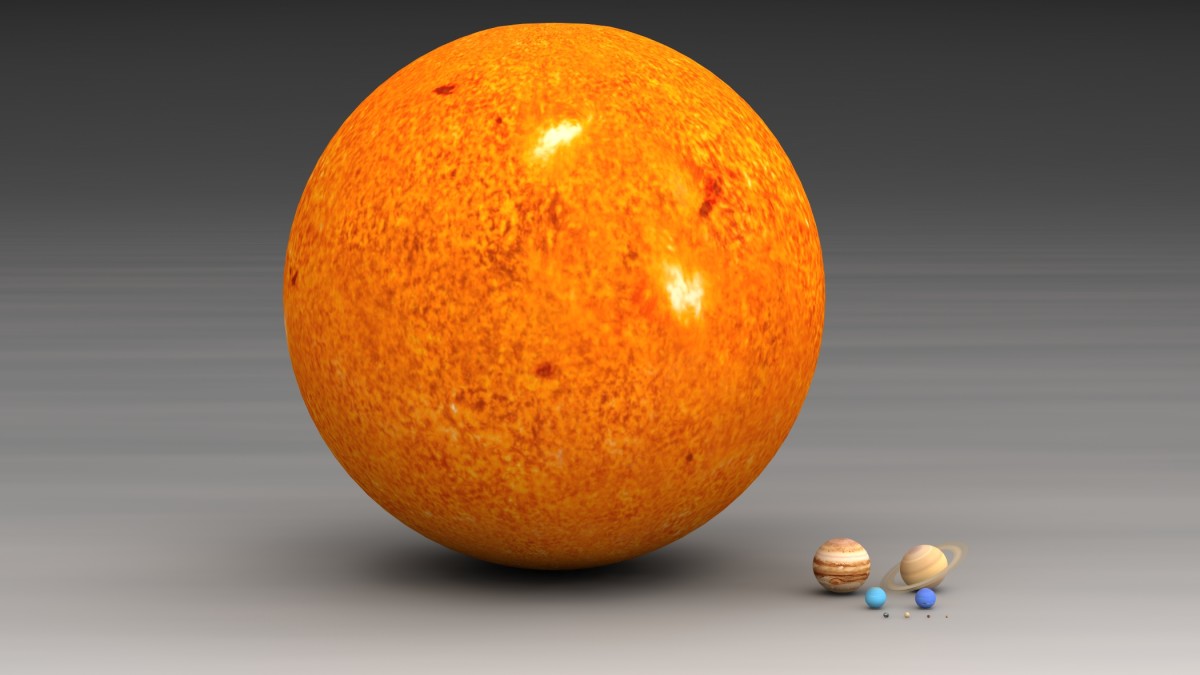Great Mistakes In Classical Physics
Mistakes in Classical Physics Lead to Larger Errors in Theory By Reason Of Assumption
Here are a couple of scientific blunders. Actually they are more in the nature of misinterpertation of empirical evidence. These mistakes still form a basis for modern everyday physics discourse and are enshrined in educational text books. With so many people versed in possibly seem to be completely wrong perceptions, to introduce just a little doubt on my part, it is nearly impossible to change the thinking and perception of the old dogs who know how to do their old tricks too well. There is nothing wrong about being wrong because you think you have made the right assumptions based on what seems to be common knowlege but then sometimes it is better to consider the possibility and entertain the possibility of doubt. This is one of the cornerstone foundations of science at least since Isaac Newton. Too often the assumptions are not nearly as open to interpertation and re-interpertation as they should be. Here are two examples . Later I may add more that I have published elsewhere in full or in part already.
The first great physics mistake comes from the concept that there is such a thing as "The force of Light" . The original experiments that lead to this conclusion had a very thin gold or silver foil placed in a relatively hard vacuum and exposed to an intense beam of light whereup the foil was seen as if it was being blown like by wind foreward. The foil was hung like clothing on a clothes line essentially in the vacuum tube or chamber. When the light beam was turned off or removed the foil reverted to hanging streight down perpendicular to the floor again. The original conclusion became a practical law of phsysics that light had to have momentum and therefore mass to be able to impart this force to push the foil in the direction that the light beam pointed, You can repeat these experiments yourself right now and get the same results, It is amazing to see it happen. Seeing is believing. No trick is involved. It is science and you are a believer.
Not so fast. Yes it says so in the encyclopedia and yes it says so in virtually every basic high school and college physics book and yes Albert Einstein adopted it as one of the key underlying assumptions that for his theory of relativity whereby light necessarily has to have mass enough to be sucked into black holes at the extreme or just bent in their progress due to the presence of mass and thereby gravity.. Certainly it could not be Einstein's fault that he adopted the wrong assumption to base a theory on that was supposed to change physical reality for ever as perception modified by frames of reference view points?
Going back to that original experiments and reviewing the empirical results that the gold or silver foil moves in the direct that the light beam hitting it is going may not explain the phenomenon at all. The alternative way to see what is happening is to discount the force of light theory and see that the light or photons hit the near surface of the foil and impart energy into the metal foil such that a bit of an "electric current " effect results. Einstein called it the photovoltalic effect of course. This is however no indication of mass being present nor momentum. A closer look at the experiment reveals that the metal foil actually absorbes ever single photon or light ray that strikes it and reflects much of that energy back in the direction of the light source only with less coherence as it scatters in a more radial pattern and is more diffuse. Most of the light is reflected back but some of it is absorbed by the metal foil. Some of that visible light will be converted to infrared which means it has lost some of its energy having been absorbed and that energy lost energizes electrons in the outer most reaches of the atoms in the metal causing them to move more rapidly than they did and at a further distance from the metal foil serface than the rest. As such electrons bounce away from the surface of the metal on a temporal basis allowin other electrons from inside the metal to take the spaces of those cast further out. Now that puts a little "resistence" into the system. It is the same sort of resistence found when electrical charge or current passes though or across an electrical wire. The resistence comes down to excited electrons intereacting with each other in such a way as their all having the same negative charge causes them to actually be in effect in closer proximity as like forces that repell each other. So this actually is why the foil appears to be affected by the beam of light but it cannot be the force of light. I have previously published the radiometer proof that shows why this dimensional expansion of electrons by reason of being photo voltalically excited or stimulated as the cause as opposed to it having anything to do with mass. The proof comes from the simple fact that light being reflected from an object where it is first absorbed and then re-emmited as the reflection of light we see is like having tennis balls hit a tennis racket sticking to them like they are magnetic or permanently glued on to the tennis racket and then being somehow propelled back in the opposite direction without any force having to be applied to that tennis racket to dislodge the ball that is stuck to it. It is pretty simple then . If the tennis ball photon had mass the only way to get the tennis racket to send the ball back in the direction where it first collided and stuck to the racket would be to apply a force from the tennis racket to send it back in the opposite direction from which it came. Unforuntately for this analogy and photons the photons if reflected back off the surface of the experimental thin foil have to be doing something in equal and opposite reaction if there is a force of light and momentum due to mass. Instead when the light beam hits the foil it stays where it is moved and does not swat back at the photons with the mass they are supposed to have to send them back. The original experiment that proposes that light imparts a force of momentum due to mass and shows how to calculate it is therefore totally wrong. Light does not behave properly in the experiment to show that. It does impart energy but not of momentum according to the phsycis of newtonian mass. Not at all. The experiment pretty clearly shows photons can have no momentum because they have no mass and are probably pure energy and nothing else.
The second great physics eperimental blunder is the all too famous Young double slit experiment. The experiment is said to show that light interacts with light causing interference patterns to result. The interpertation again fails to properly understand the role of photons in the experiment. It is not the photons that are causing the interference patterns becasue they pass though the slits but rather it is several material interfaces that react to the light again causing electrons to come off the surface in a particiular manner then influencing the energy dynamics of the light in interaction with materials. The apparent interference patterns are due to the nature of material interfaces and not due to light interacting with light. It takes a little novel thinking to understand what the blunder is in the Young double slit experiment until you compare the results of defraction and refraction experiments that reveal similar behavior of light in consequence of interacting with atoms and molecules not in being out in empty space and interacting with each other. The property of mass is being studied then in the double slit experiment and not the property of light at least in terms of their being observed interference. It seems a bit difficult to understand until you think about it more than you might like to. An experiment to do to test the theory is pretty simple: a control experiment of separate light sources in a vacuum without any material interference panels. There is no evidence of light interfering thus, That really is an excellent control experiment! The properties of light having wave like structure then applies to the material interace not to the light itself. It is true that different "frequencies" of light react to different materials acting as detectors of them . The frequency is a great analogy but it is not an apparent fact of behavior of light but rather an interactive material -light interference reaction which may say more about the materials substances involved than the nature of photons. Photons first lose thier particle mass like analogy "structure" and then they loose thier wave like analogy sturcture with the young double slit experiment revisited. That does not mean that the analogies have no scientific use but it does mean that the common perceptions of cause and effect are wrong. Having said no mass and no particle and no wave does not mean those are not useful theories. It does mean they are only useful by analogy in caibration. It does not change the fact that light acts as if it has those properties by analogy but it does change the way a fantasy black hole would work if it could or did exist. Light is not going to bend in the presense of gravity or mass.
